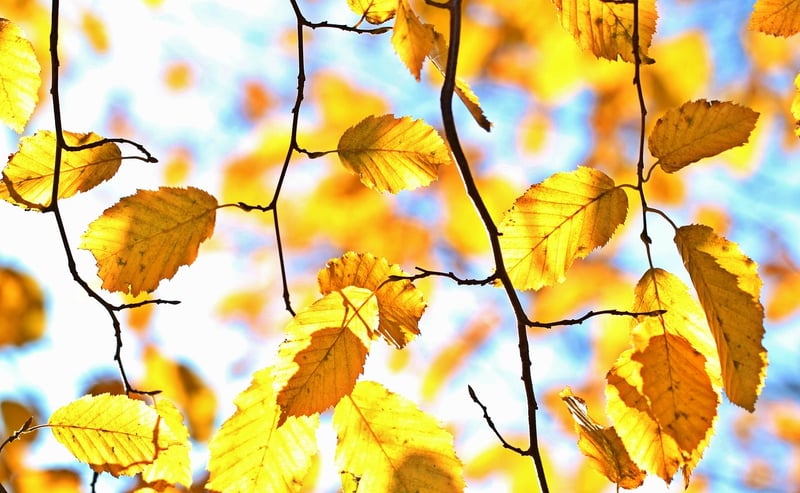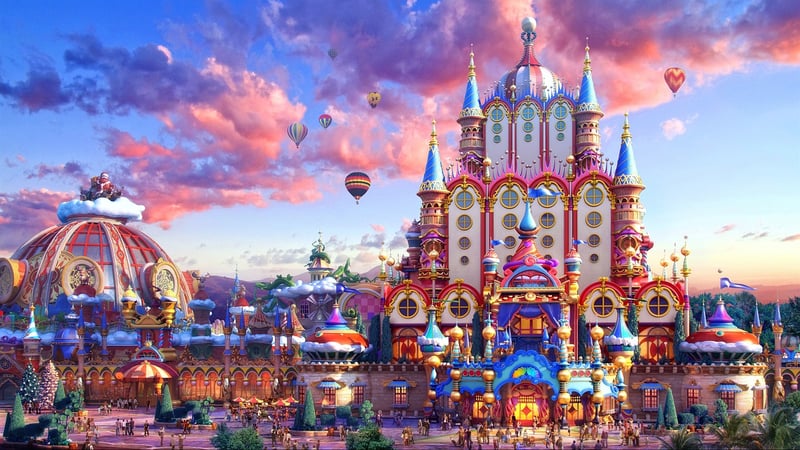Fairy Tale
The Magic of Dress Codes in Fairy Tales
Have you ever noticed how the clothing characters wear in fairy tales often plays a significant role in the story? From glass slippers to enchanted cloaks, dress codes are a magical element woven into these timeless tales. Let's delve into the enchanting world of dress codes in fairy tales.
The Power of a Magical Wardrobe
In many fairy tales, clothing symbolizes more than just fabric on a character's back. It often represents transformation, identity, and destiny. Take Cinderella, for example. Her tattered rags transform into a magnificent ball gown, signaling her shift from servant to princess.

Similarly, in "The Emperor's New Clothes," the emperor's invisible attire reflects his foolishness and vanity. These tales remind us that what we wear can reveal deeper truths about who we are and how we see ourselves.
The Symbolism of Color and Fabric
Colors and fabrics in fairy tales are chosen with care, each carrying its own symbolism. Red often represents passion or danger, seen in Little Red Riding Hood's cloak. White symbolizes purity and innocence, as seen in Snow White's dress. The texture of clothing can also convey messages, such as the roughness of a beast's fur in "Beauty and the Beast" signifying his inner turmoil.

Magic in Every Thread
Whether it's a cloak that renders its wearer invisible or a pair of shoes that dance on their own, magical clothing abounds in fairy tales. These enchanted garments often bestow powers on the wearer or reveal hidden truths. In "The Twelve Dancing Princesses," the worn-out shoes of the princesses reveal their nightly escapades to a curious soldier.
Conclusion
Next time you dive into a fairy tale, pay attention to the clothing choices of the characters. You'll discover a world where dress codes are more than just fashion but a reflection of the characters' journeys, virtues, and struggles. After all, in the magical realm of fairy tales, a simple dress or pair of shoes can hold the key to unlocking a world of enchantment.
